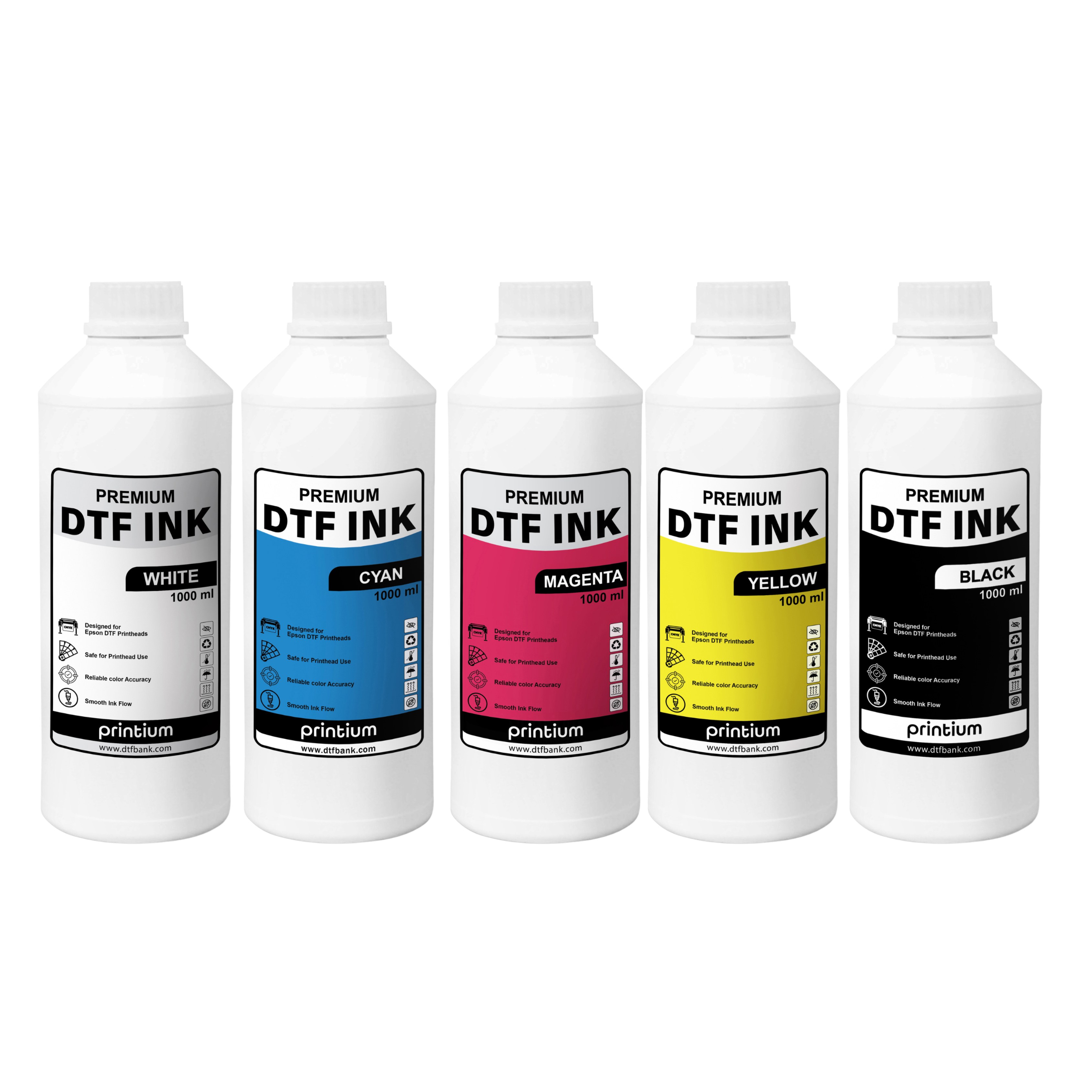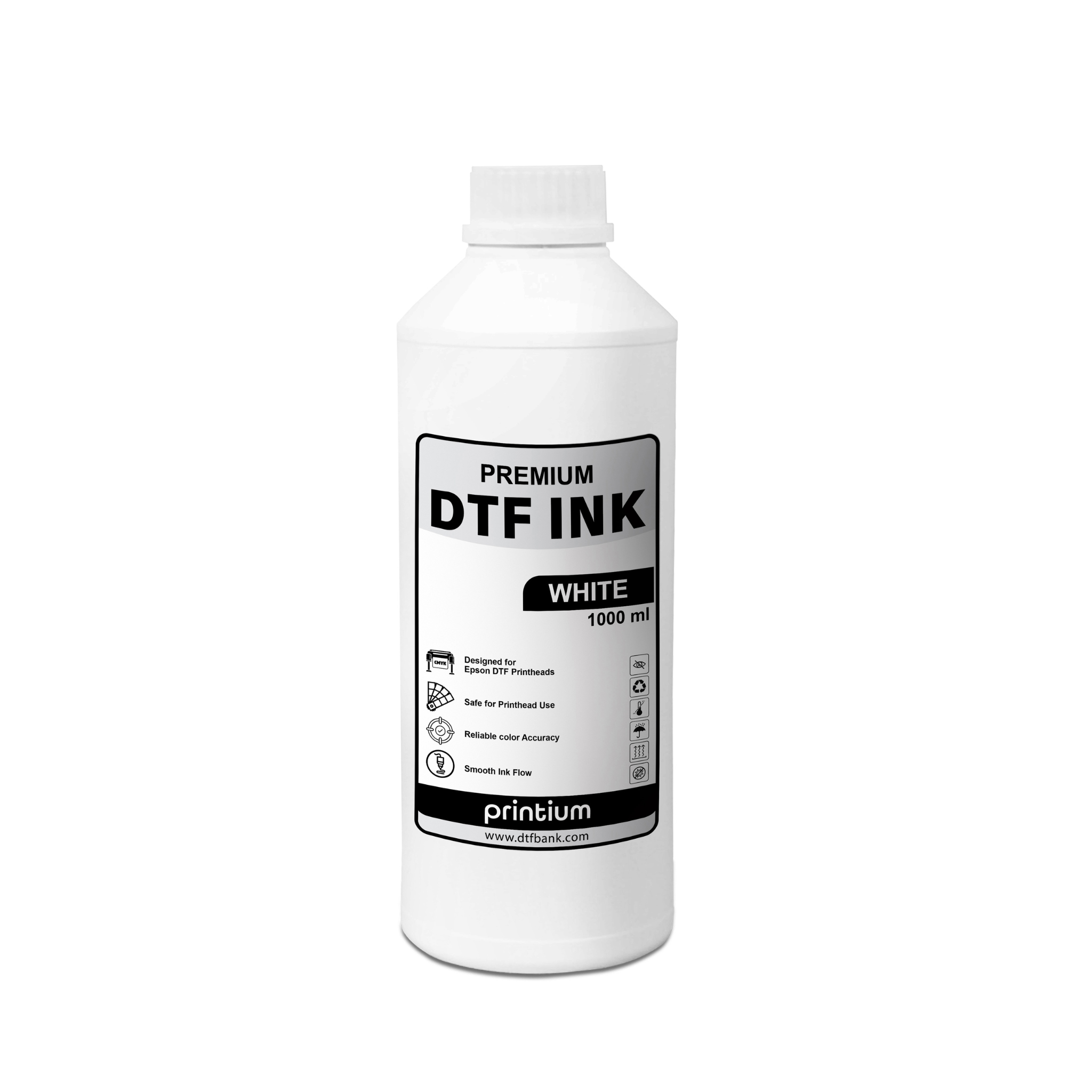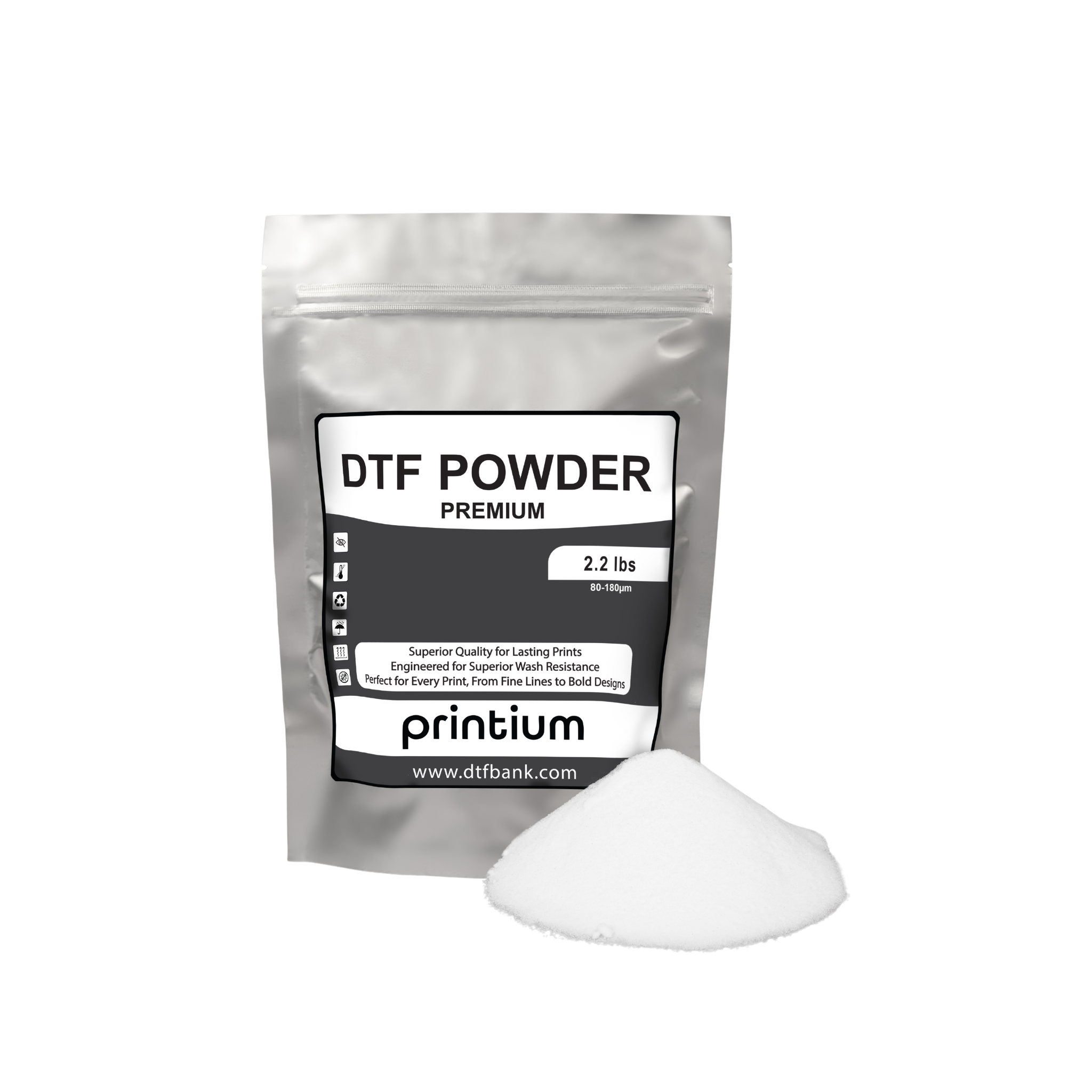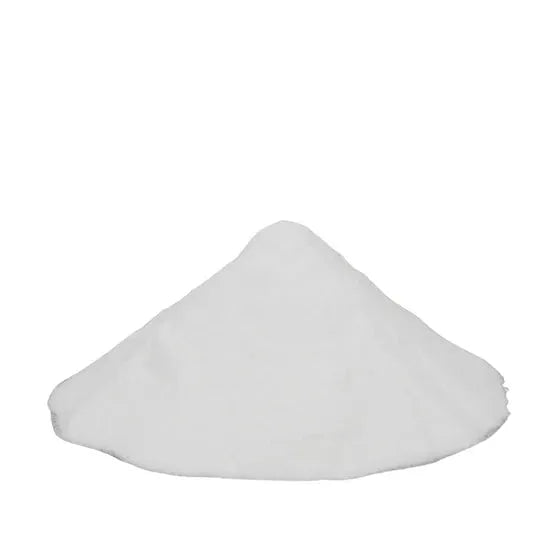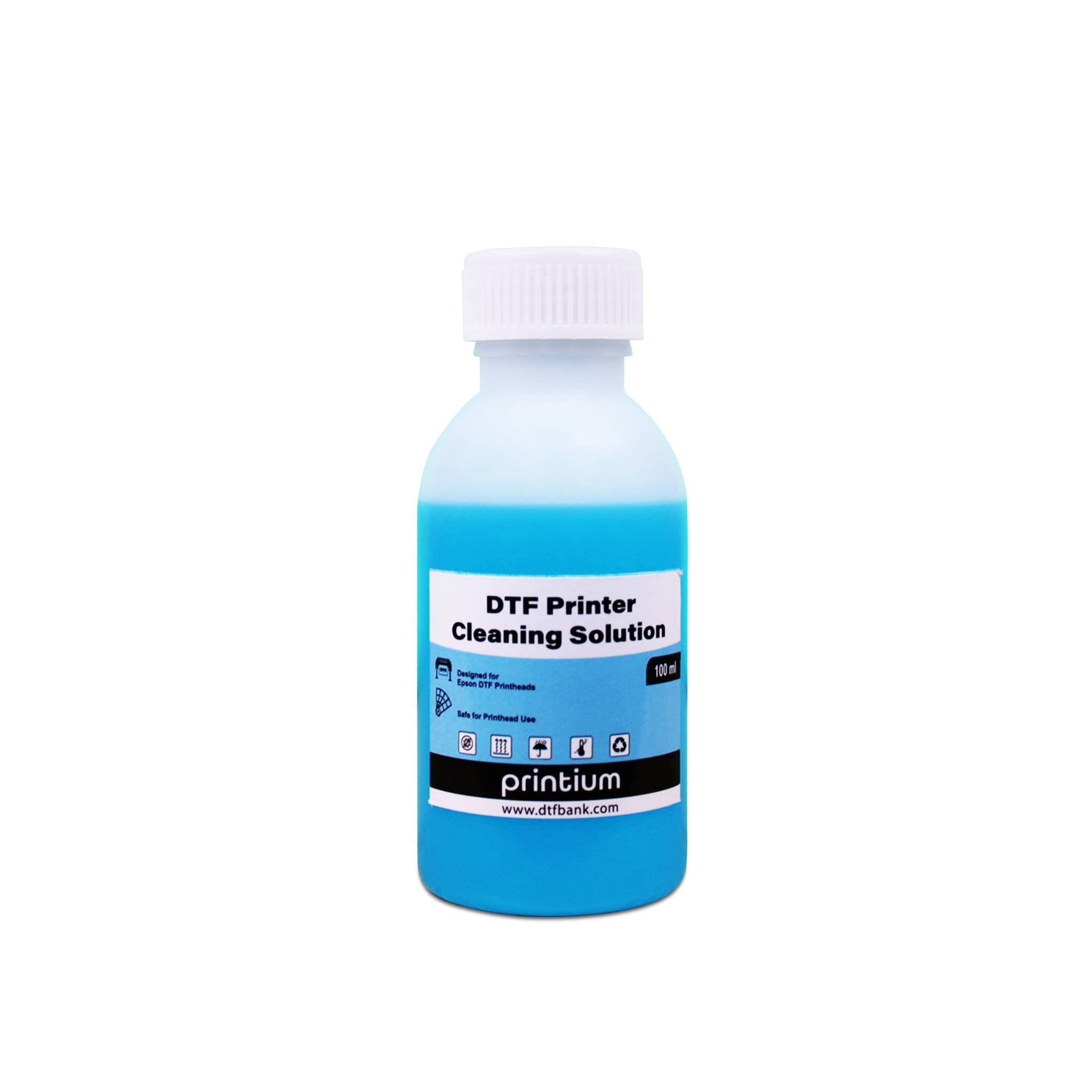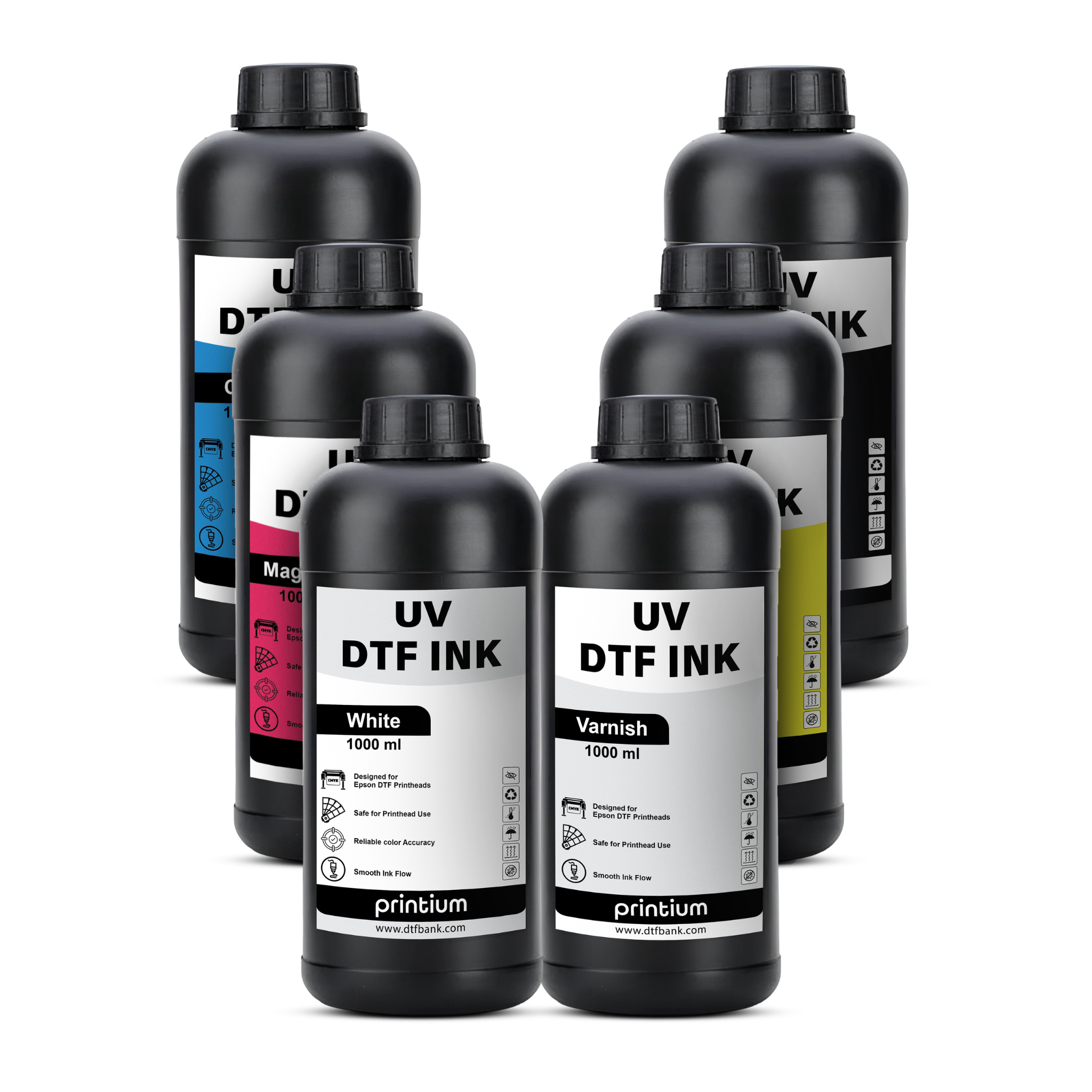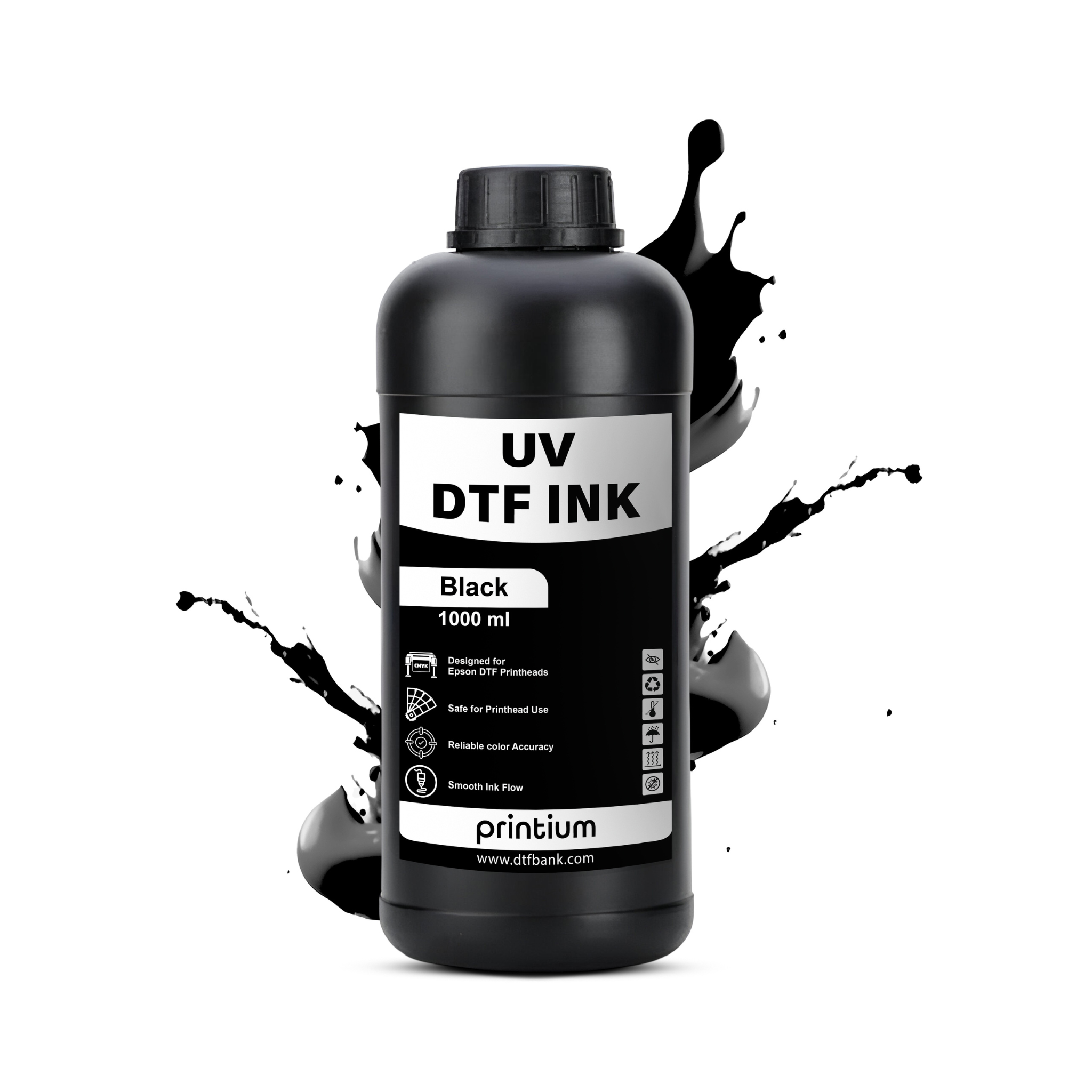Let customers speak for us
DTF Materials: The Key to High-Quality Prints
DTF materials are essential for creating durable, vibrant, and detailed designs in custom printing. Direct to Film (DTF) printing has grown in popularity for its versatility and superior print quality. The key to achieving great results lies in using the right materials. Let’s explore the types of DTF materials, their contributions, and why they are crucial to the DTF printing process.
What are DTF Materials?
DTF materials are products used in the DTF printing process. These include transfer films, powders, inks, and fabrics. Each material ensures the prints are sharp, vibrant, and long-lasting. The DTF printing process starts with printing a design onto a special film. The print is then coated with powder adhesive, which bonds the ink to the fabric during heat pressing. Quality DTF materials ensure the design stays intact after washing without cracking or fading.
ypes of Printing Materials
When it comes to custom printing, specific materials are essential for producing vibrant, durable, and detailed designs. The printing process relies on various key components that contribute to the final result. Let’s explore the different types of materials used in the printing process and how each contributes to achieving high-quality prints.
1. Transfer Film
The transfer film is a crucial part of the printing process. It holds the printed design before it’s transferred to fabric. For the ink to adhere properly, the film needs to be durable and smooth. Transfer films come in different finishes such as matte and glossy, each offering a unique effect on the design.
-
Durability: The film must be tough enough to handle the heat transfer process without compromising the print quality. A high-quality film ensures that the print remains intact.
-
Finish Options: Depending on the desired look, matte finishes offer a more subtle, muted design, while glossy films enhance color vibrancy.
-
Impact on Vibrancy: The quality of the transfer film has a direct impact on the clarity and sharpness of the design, influencing how vibrant it will appear on fabric.
2. Inks
Specially formulated inks are designed to bond well with both the transfer film and fabric, ensuring high-quality, long-lasting prints. These inks are vibrant and remain sharp and colorful even after multiple washes.
-
Vibrancy: These inks deliver strong, vibrant colors that make the design stand out, even on darker fabrics.
-
Long-Lasting: These inks are made to withstand repeated washing and wear without fading, ensuring the design remains fresh for a long time.
-
Compatibility: It’s essential to choose inks that work seamlessly with the other materials for optimal results.
3. Powder Adhesive
After printing, powder adhesive is applied to the design on the transfer film. This powder is heated to bond the ink to the fabric. The adhesive is critical in ensuring that the design adheres firmly to the fabric and does not fade or peel over time.
-
Bonding: Powder adhesive creates a strong bond that ensures the design will stay intact even after multiple washes.
-
Durability: A high-quality adhesive ensures the print’s durability, preventing the design from fading or peeling under normal wear conditions.
-
Application: The adhesive is applied to the printed design, and the heat curing process helps to secure the print on the fabric.
4. Fabrics
The choice of fabric is just as important as the other materials used. Fabrics like cotton, polyester, and blends work well with the heat transfer process, allowing the ink to bond properly and produce sharp, vibrant designs.
-
Fabric Types: Commonly used fabrics include cotton, polyester, and cotton-polyester blends, as they provide smooth surfaces for optimal print adhesion.
-
Fabric Compatibility: Not all fabrics are suitable for this process, and choosing the wrong fabric could result in poor print quality or unsuccessful transfers.
-
Effect on Design: The fabric’s texture and composition affect how well the print will hold up over time. High-quality fabrics ensure that the design remains crisp and vibrant.
Benefits of Using High-Quality Printing Materials
-
Vibrant, Long-Lasting Prints
Using high-quality materials ensures that the prints remain vibrant and sharp even after multiple washes. Customers appreciate the durability and longevity of the designs, as they retain their clarity and color over time. -
Versatility Across Fabrics
The materials are highly versatile, working well on a variety of fabrics such as cotton, polyester, and blends. This flexibility allows for custom designs to be applied to different types of apparel, including t-shirts, hoodies, and bags. -
Ease of Use and Efficiency
Premium materials streamline the printing process, reducing the likelihood of errors and increasing efficiency. This makes the printing process more reliable and effective, especially for custom apparel production. -
Eco-Friendly Option
Many materials are designed to be eco-friendly, using fewer chemicals and heavy inks. This makes the printing process a more sustainable option, appealing to businesses focused on environmental responsibility. -
Customizable Designs
With a variety of available materials, the design possibilities are endless. Whether you want to create detailed, multi-color prints or bold, simple graphics, high-quality materials ensure excellent results. This allows for creativity in design and personalization.
Choosing the Right DTF Materials
When selecting , consider the following:
-
Quality: Ensure the materials are high-quality and compatible.
-
Fabric Compatibility: The fabric should handle heat transfer without compromising the print’s quality.
-
Color Reproduction: Choose inks that provide vibrant colors, especially for detailed designs.
-
Durability: Ensure the materials keep the print intact after washing.
Conclusion
DTF materials are vital for achieving durable, high-quality prints. From transfer films to inks, powders, and fabrics, each material contributes to vibrant, long-lasting designs. By investing in quality DTF materials, you can ensure that your prints meet high standards, providing customers with custom apparel that’s stylish and durable. Whether for personal or business use, DTF materials are key to success in custom printing.
